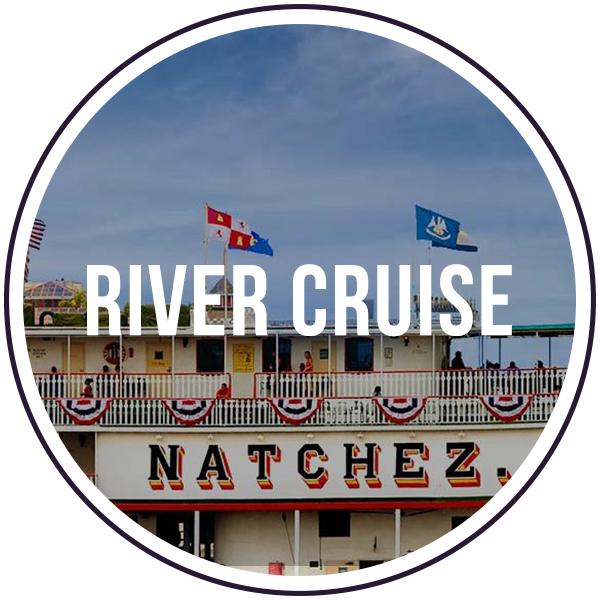The New Orleans streetcar named Desire is a prominent symbol in Tennessee Williams’ play “A Streetcar Named Desire.” The streetcar line, which runs along the city’s main thoroughfare, is used as a metaphor for the desires and hopes of the play’s characters.
The streetcar named Desire represents a sense of freedom, escape, and vitality that the characters long for but struggle to achieve. It carries people to different destinations, offering a chance for new beginnings and a break from their current circumstances.
For Blanche DuBois, the play’s main character, the streetcar named Desire represents her yearning for a life of passion and excitement. Blanche is a fading Southern belle who seeks to escape her troubled past and find happiness. She believes that riding the streetcar named Desire will lead her to a better future.
Similarly, Stanley Kowalski, Blanche’s brother-in-law, is drawn to the energy and unpredictability of the streetcar named Desire. He embraces his desires, living in the present moment without concern for the consequences. Stella, Stanley’s wife and Blanche’s sister, is torn between the longing for her sister’s refined world and her attraction to the raw intensity of Stanley’s existence.
As the play unfolds, the streetcar named Desire becomes symbolic of the clash between the characters’ desires and the harsh reality they face. Blanche’s illusions are shattered when her past catches up with her, and she is unable to escape her painful memories. The streetcar named Desire becomes a haunting reminder of the fleeting nature of dreams and the futility of ignoring one’s past.
Ultimately, the New Orleans streetcar named Desire serves as a powerful metaphor for the characters’ desires, hopes, and the tension between their fantasies and the real world. It highlights the universal struggle to reconcile one’s dreams with the constraints of reality.


